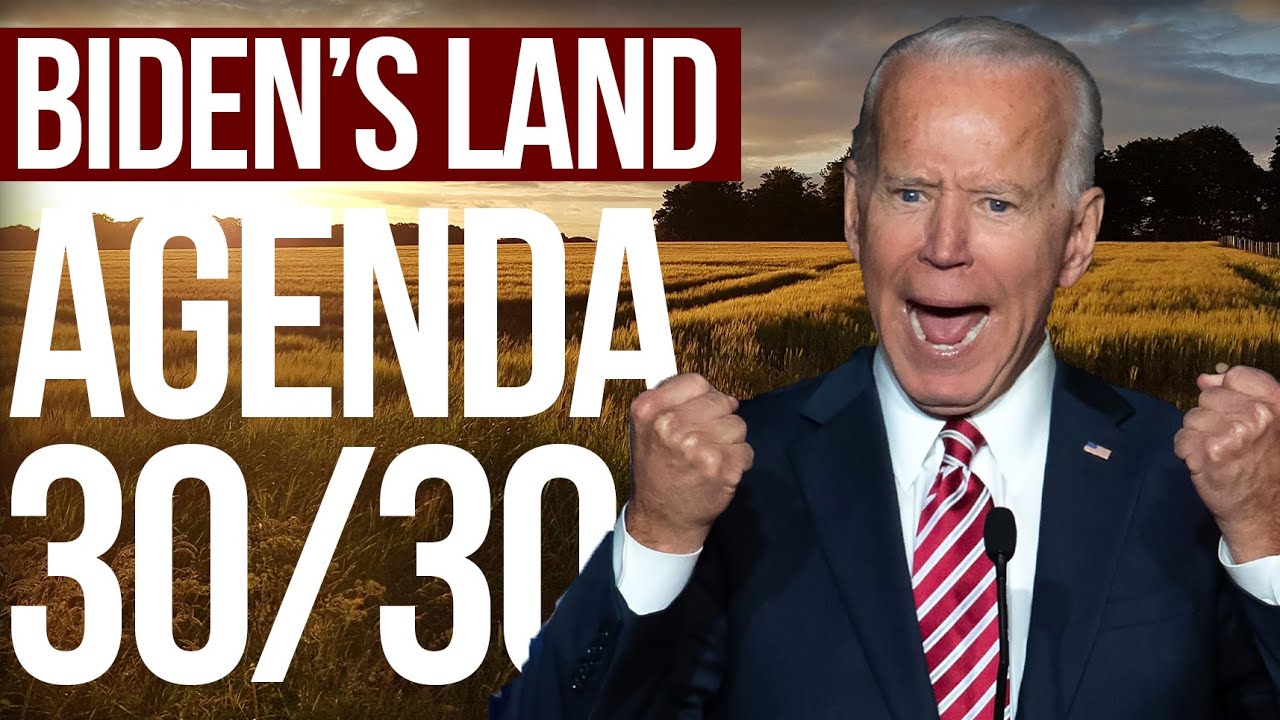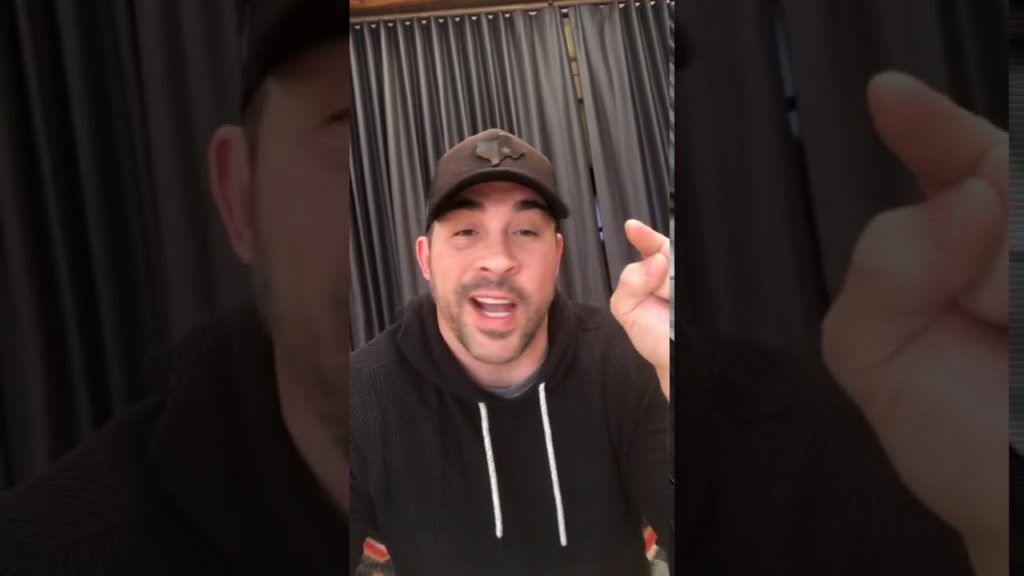Joe Biden recently announced plans to turn 30% of the United States back into conservation land. Currently 14% of land in the United States is protected by conservation, over 70% of land is privately owned. Of course those numbers don’t include the amount of land that is actually in conservation in some shape or form. Many farms have acreage on their land for wildlife use. 52% of the United States land is used for Agricultural Purposes.
However this large number is constantly being driven down by the fastest growing land use “Urban Areas.” Urban area is the largest growing use in recent years while special land uses grew substantially in the late 1970’s. With tightening agricultural resources, it seems highly unlikely that many farmers would find an economic benefit to collecting conservation payouts over agricultural production.
Additionally, Biden’s 30/30 executive order states the desire to make more conservation land available to the general public. Public accessibility is generally unpopular with private land owners and their liability insurance providers. So to reach this lofty goal of 30% Conservation by 2030 the Biden Administration will need to implement administrative direction that forces an outcome. As we know from 40 executive orders the Administration has no reservations about forcibly acting on their own accord.
Just like the Dodd Frank Bill caused a consequential disruption in the financial industry, Biden’s tax proposals may have a similar impact.




